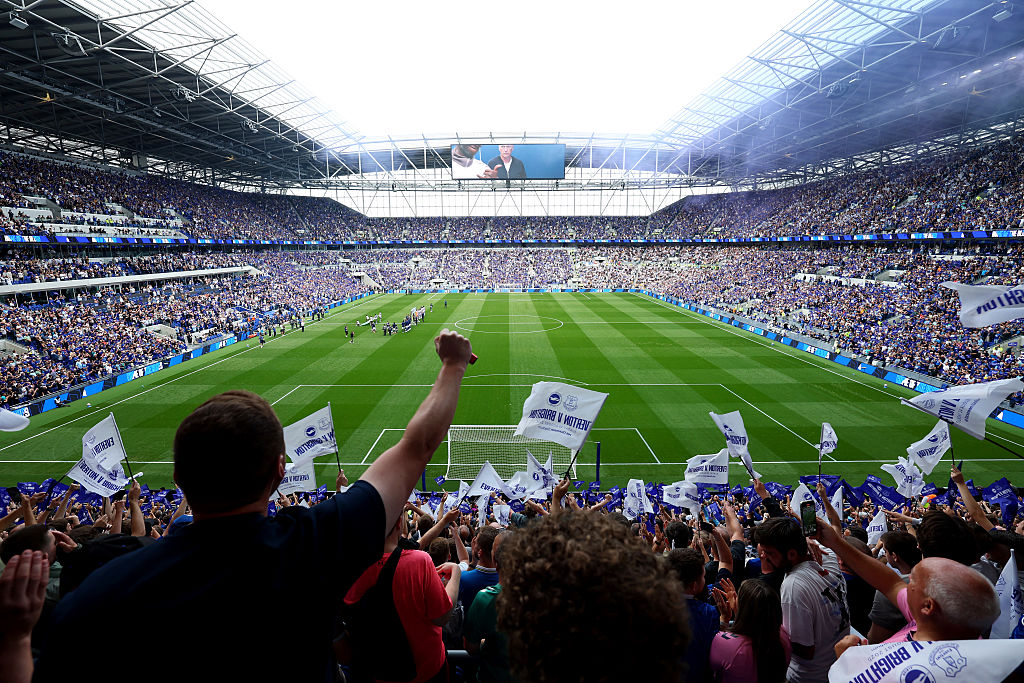Egil Olsen’s ugly little secret
Watching Norway thrash Scotland was, one waggish Guardian reader noted, like watching a one trick pony beat a zero trick pony.
NorwayâÂÂs trick â the precise, early long ball struck to a target man like John Carew â is regarded as an aberration by pundits and journos besotted with the fluent possession of Barcelona.
But is it?
In the pantheon of tactical gurus, Egil Olsen sits rather oddly alongside such masters as Rinus Michels and Arrigo Sacchi.
While Michels had the air of a military strategist and Sacchi the fervour of a zealous academic, Olsen is too much of a character to be revered.
A Marxist, poker-playing, wellington-boot-wearing fanatic who endlessly quotes statistics and percentages (often culled from the works of Charles Reep, an accountant whose prophetic analysis of football was used by Stan Cullis at Wolves in the 1950s) to justify his mutant strain of football.
But not every team can play like Barcelona. And Olsen may offer teams that canâÂÂt a Plan A or Plan B.
The best features, fun and footballing quizzes, straight to your inbox every week.
His Norway were never easy on the eye but Olsen led them to No.2 in the FIFA rankings, two successive World Cups and a double defeat of Brazil in 1998. Not bad for a nation of 4.8 million people.
OlsenâÂÂs Norway werenâÂÂt all about the long ball. He developed zonal defending to such a level that the Norwegians conceded just one goal from open play between 1993 and 1996.
OlsenâÂÂs counter-attacking style let opponents carry the play in the belief that they would make mistakes that could be exploited with a rapid attack.
And in playing hefty striker Jostein Flo on the wing, Olsen presented full-backs with an aerial threat they didnâÂÂt know how to handle.
Flo often switched wings with Mini Jakobsen just to befuddle opposing defences a bit more.
Was it great to watch? Not often, but the right long pass in a counter-attack can, as the Scots discovered in Oslo, be devastatingly effective.
Officially, there are two schools of football. The beautiful stuff, played by Real Madrid, Ajax in the 1970s, the Oranje, WengerâÂÂs Arsenal and GuardiolaâÂÂs Barcelona.
And then thereâÂÂs the ugly stuff, played by Norway under Olsen, Graham TaylorâÂÂs Watford and England and a few other misfits.
In truth, this division is artificial, misleading and plain wrong.
You only have to read a few pages of Rinus Michelsâ seminal book Teambuilding to unearth one ugly little secret: even the perfector of Total Football believes the long ball has its uses.
Michels is the tactical godfather of GuardiolaâÂÂs Barcelona, yet he suggests that the build-up to an attack âÂÂneeds to create situations to be able to play the ball deep as quickly as possible.âÂÂ
He warns against indiscriminate use of the long pass but admits he had the Dutch practicing long balls before Euro '88 and reminds coaches and teams that âÂÂmidfield play is a means to be able to play the ball deep and not an end in itself.âÂÂ
As Cologne coach between 1980 and 1983, if his side were cashing the game, Michels would switch to an English âÂÂkick and runâ game, where his players got the ball into or near the penalty area as quickly as possible and pressure the opposing defence.
His sweeper would convert into an extra striker so seven of his outfield players could contribute to the build-up or attack.
This isnâÂÂt the romantic revolutionary football with which Michelsâ Ajax enthralled Europe. But to Michels, such play is a perfectly valid response to certain situations.
And the situation that presents itself to most teams at the top of the European game is a congested midfield.
You can try to pass through it (difficult), dribble through it (almost impossible), circumvent it down the flanks (not as easy as it used to be) or, as OlsenâÂÂs Norway do, play over it.
IâÂÂm not suggesting that every team should ape Olsen. But such ideas could successfully surprise, just as Otto RehhagelâÂÂs Greece did at Euro 2004.
I didnâÂÂt especially enjoy watching Greece, but I was fascinated to watch teams regarded as vastly superior â such as France and Portugal â being utterly confounded by RehhagelâÂÂs use of man-marking, sweeper and shape.
The discipline with which the Greeks controlled the match without having the ball by policing space was awe-inspiring.
If a team could ping a long, accurate pass to a John Carew-type, it would, at a minimum, give their opponents something else to worry about.
So I would dearly love it if, this season in Europe, some enterprising iconoclast resisted the temptation to emulate Barcelona and had the self-belief and wit to devise a challenge to the beautiful game in the manner of Olsen or Rehhagel.
Because, you know what, even beauty can become monotonous when it monopolises.
---------------------------------------------------
FourFourTwo.com: More to read...
More Professor Champions League blogsBlogs HomeChampions League News
News Home
